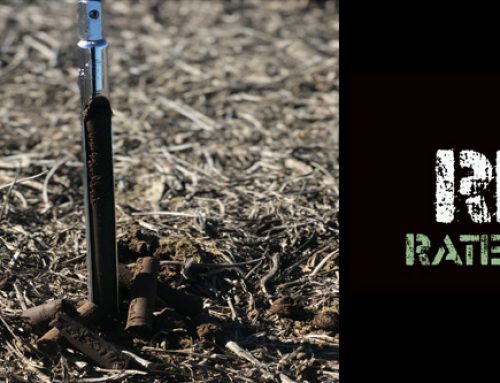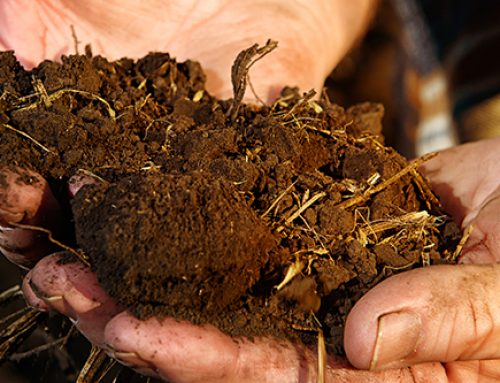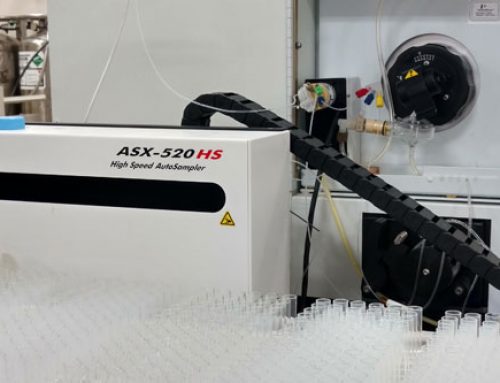One of the most common questions we hear is: “What do you think of this fertilizer? It is supposed to increase my yield by 20 bushel.”
But at what cost?
Looking at some of these specialty fertilizer analyses, household well water has more nutrient value. Now, we are not saying these products do not have some value. We’re only advising that you take a closer look at the cost versus the return. Especially considering a low volume of one of these products spread over an acre is most likely not going to fix a larger problem unaddressed up front.
One important factor to remember is how nutrients are taken up into a plant, and how they benefit the plant. To understand this we need to start with how a plant works. Nutrients enter a plant through the roots, while leaves regulate water and gas movement through the plants via the stomata. Minute amounts of nutrients are absorbed through the leaves, and any effect is usually short lived. You can look at it as if you were hungry for a steak. You could rub it on your stomach and get it on the surface but you would still be hungry. A good fertility program includes placing the proper product in the proper place at a reasonable price.
Below are a few basic questions a grower should ask before trying non-traditional products.
- Is your basic fertility up to par? A good fertility program starts with a good soil test. Adequate soil test levels and proper fertilizer placement are what’s important.
- Are traditional fertilizers sufficient for your operation? Your main nutrients are N, P, K, Zn and S in that order. More traditional fertilizers like 32-0-0, 10-34-0, 11-52-0, 0-0-60 and zinc sulfate are readily available to crops. If your fertilizer needs can be met with these products, you need to evaluate what value non-traditional products have in your operation.
- Are you utilizing the correct tillage operations? You could be distorting the soil’s tilth and losing moisture by overworking. Creating an environment where root growth is not restricted will help improve nutrient uptake. Consider limited tillage, strip-till or no-till work for some of your fields.
- Do you have realistic yield goals? Each field should be treated differently, and with the use of precision ag tools such as yield analysis, EC data, and the use of management zones, your inputs can be adjusted within a field instead of applying a blanket application across an entire field.
- Which varieties and hybrids works best? Take a look at what hybrids perform best in your area. Your Crop Quest Agronomist can help you select what is best for your field, and we can detect areas within a field that may respond differently to different varieties, through management zones.
- Are you planning rotations for more than one year out? Rotating to another crop is not only helpful with disease, insect and weed control; but also aids in managing soil tilth, allocated water, and carryover nutrients.
- Are you using a cover crop where necessary? Utilizing a cover crop in highly erodible land can provide a strong foundation to your field, by protecting from nutrient leaching as well as providing organic matter.
We know we have to get as much out of the land as we can get with tight margins. Crop Quest has the tools and knowledge to identify limiting factors in your fields and can help you come to a solution while keeping input cost to a minimum. So, when considering non-traditional products for your operation, remember to step back and take a look at the basics first.
Written by: Farrell Allison, Greensburg, KS
Featured image by: JOPHIELsmiles, I HOPE THIS DOESN’T MEAN THERE ARE NO MIRACLES LEFT… !, flickr.com




